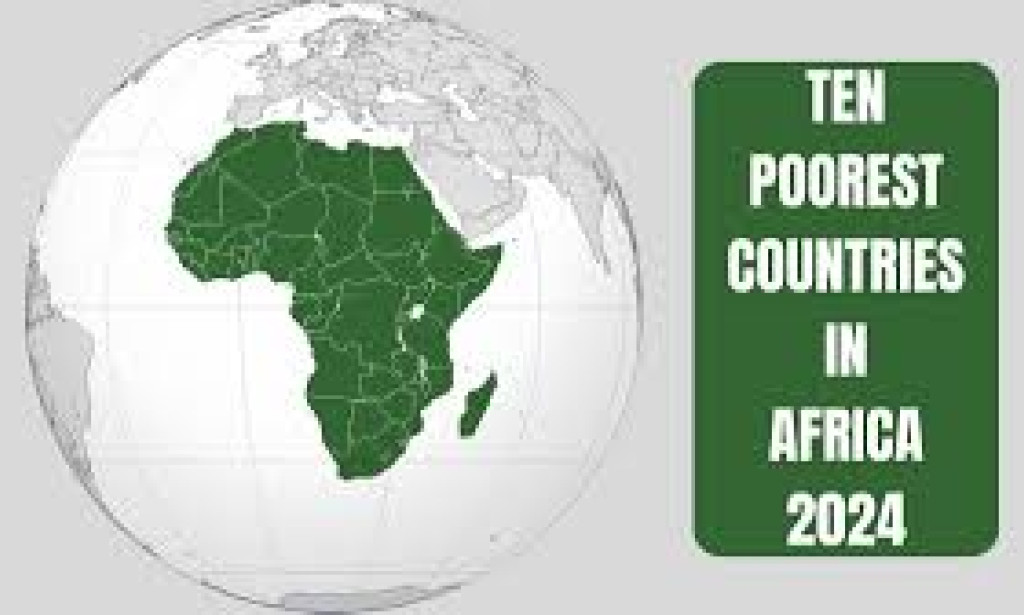Africa is a continent rich in natural resources and cultural diversity, yet it is also home to some of the poorest countries in the world. Despite efforts to improve living standards and promote economic growth, many African nations continue to struggle with poverty, high unemployment rates, and inadequate infrastructure. Here, we take a closer look at the ten poorest countries in Africa and the challenges they face in achieving sustainable development.
1.🇧🇮 Burundi
2.🇸🇸 South Sudan
3.🇲🇼 Malawi
4.🇳🇪 Niger
5.🇲🇿 Mozambique
6.🇱🇷 Liberia
7.🇨🇩Democratic Republic of the Congo
8.🇲🇬 Madagascar
9.🇨🇫 Central African Republic
10.🇬🇳 Guinea-Bissau
These countries face a range of challenges, including political instability, corruption, poor governance, and inadequate infrastructure. Additionally, many of these nations are heavily reliant on agriculture, which is often vulnerable to climate change and natural disasters.
Despite these challenges, there are opportunities for growth and development in these countries. For example, investing in education and healthcare can help improve human capital and productivity. Promoting agricultural modernization and diversification can also help boost economic growth and reduce poverty.
Furthermore, promoting regional integration and trade can help these countries access larger markets and attract foreign investment. Improving governance and reducing corruption are also key to creating a more conducive business environment and attracting investment.
In conclusion, while the ten poorest countries in Africa face significant challenges, there are opportunities for growth and development. By addressing these challenges and implementing effective policies, these countries can achieve sustainable development and improve the lives of their citizens.

You must be logged in to post a comment.